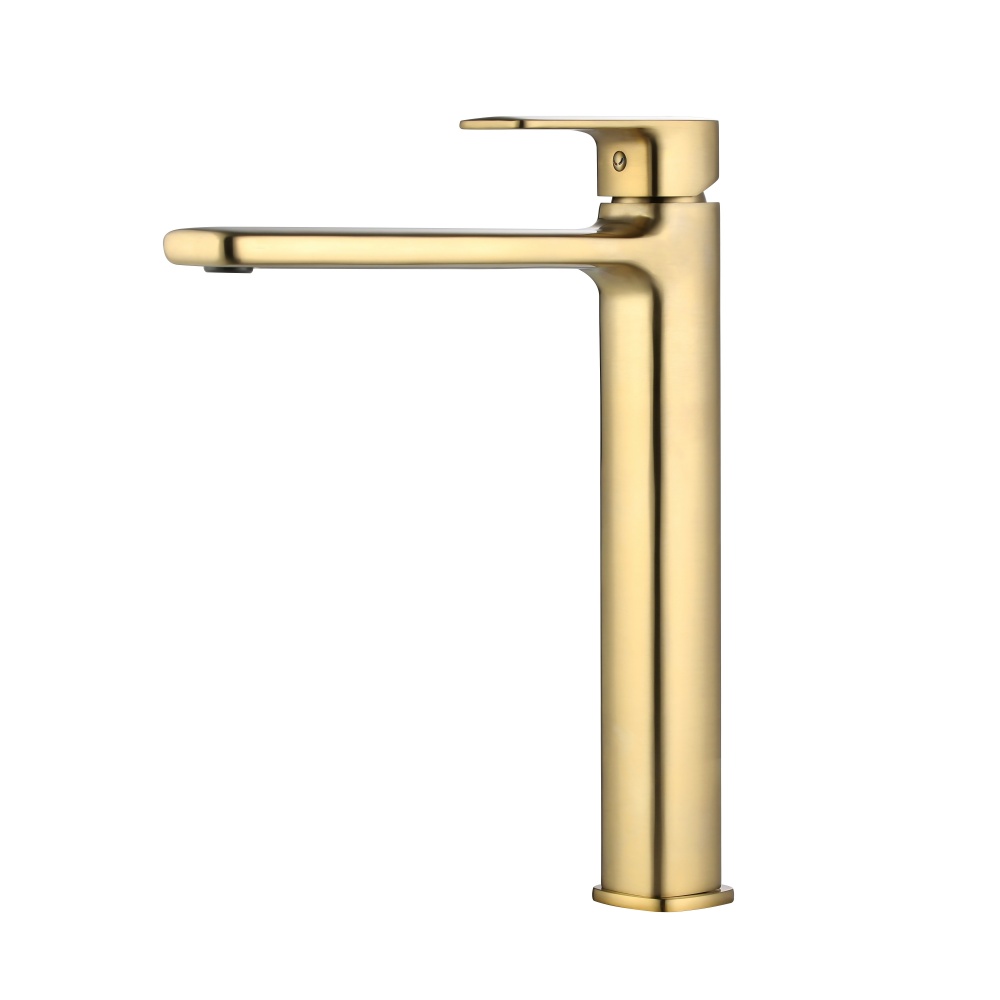Is Your Faucet Leaking? Here's How to Identify a Worn-Out Cartridge and Choose the Right Replacement
Is Your faucet Leaking? Here's How to Identify a Worn-Out cartridge and Choose the Right Replacement
A persistent drip from your kitchen or bathroom faucet is more than just an annoyance—it’s a sign that something inside is worn out. In many cases, the culprit is the faucet cartridge, a crucial internal component that regulates water flow and temperature. Replacing it yourself is an achievable DIY project that can save you money and prevent water waste.
In this guide, we’ll walk you through how to diagnose a faulty cartridge and, most importantly, how to select the perfect replacement to get your faucet back to working like new.
What is a Faucet Cartridge and Why Does It Fail?
The cartridge is the heart of your faucet. Located inside the faucet body, it controls the mix of hot and cold water and the volume of flow when you move the handle. Over time, constant use leads to wear and tear. Rubber seals and O-rings can degrade, and the cartridge itself can become cracked or scored by mineral deposits from hard water. This results in common problems like:
Dripping or leaking from the spout
Leaking around the base of the handle
Difficulty adjusting water temperature
Stiff or hard-to-turn handles
Step 1: How to Identify a Worn-Out Cartridge
Before you start, confirm that the leak is indeed from the cartridge and not from another part of the faucet.
Locate the Source: Thoroughly dry the faucet and handles with a towel. Place a dry paper towel under the faucet and wait a few minutes. If you see water appearing from the spout, the internal cartridge seals are likely failing. If water gathers around the base of the handle, the O-rings on the cartridge are probably the issue.
Check the Handle: A handle that is very hard to turn, wobbles loosely, or doesn’t control the water flow properly is a strong indicator of a failing cartridge.
Step 2: The Key to Success – Identify Your Faucet!
This is the most critical step. Cartridges are not universal; they are designed specifically for the brand and model of your faucet. Installing the wrong one will not solve the problem.
Look for Branding: The manufacturer’s name (e.g., Moen, Delta, Kohler, Pfister) is usually found on the faucet itself—on the baseplate, the aerator, or the handle.
Find the Model Number: Check the original paperwork or look for a model number stamped on the faucet body, often hidden underneath or behind the sink. You can also search the manufacturer’s website using images of your faucet.
Take the Old Cartridge: If you can safely remove the old cartridge (see steps below), bring it to your local hardware store to find an exact match.
Step 3: Removing the Old Cartridge (A Preview)
SAFETY FIRST: Always turn off the water supply valves under the sink before beginning any work.
Remove the Handle: Pry off any decorative cap on the handle to reveal a setscrew. Unscrew it and gently lift the handle off.
Remove the Retaining Nut/Clip: Under the handle, you’ll find a retaining nut or a U-shaped clip securing the cartridge. Use an adjustable wrench or pliers to remove it.
Pull the Cartridge: This is often the trickiest part. If it pulls out easily, you’re lucky. Most are stuck from mineral buildup. Use a cartridge puller tool for best results. Alternatively, grip the cartridge stem with vice-grip pliers (padded to avoid damage) and rock it gently back and forth while pulling straight up. Avoid excessive twisting, especially on plastic cartridges.
Step 4: How to Choose the Right Replacement Cartridge
Once you have the old cartridge out, follow these guidelines to ensure you get the right part:
Match the Brand and Model: Use the brand and model number you identified to search for official replacement parts. Reputable hardware store associates can also help you cross-reference this information.
Compare Visually: Lay the old cartridge next to the new one. They should be identical in size, shape, stem length, and the arrangement of holes and grooves. Even a small difference means it’s the wrong part.
Consider Upgraded Materials: Some aftermarket cartridges offer upgrades, like ceramic discs instead of rubber seals, which can provide a longer lifespan and smoother operation.
Buy a Repair Kit: Many brands offer complete repair kits that include not only the new cartridge but also all the necessary O-rings, seals, and washers for a comprehensive fix. This is often a wise investment.
When to Call a Professional
If you’ve followed these steps and…
…you cannot identify your faucet or find the right part.
…the cartridge is severely stuck and you fear damaging the faucet body.
…you discover significant corrosion or cracks in the faucet itself.
…it’s time to call a licensed plumber. Forcing a repair can lead to more damage and a more expensive bill.
A leaking faucet doesn’t have to mean a full replacement. By correctly identifying the issue as a worn-out cartridge and methodically finding the right replacement part, you can confidently tackle this repair, save money, and conserve water. With the right part in hand, you’ll have your faucet drip-free and working smoothly in no time.

